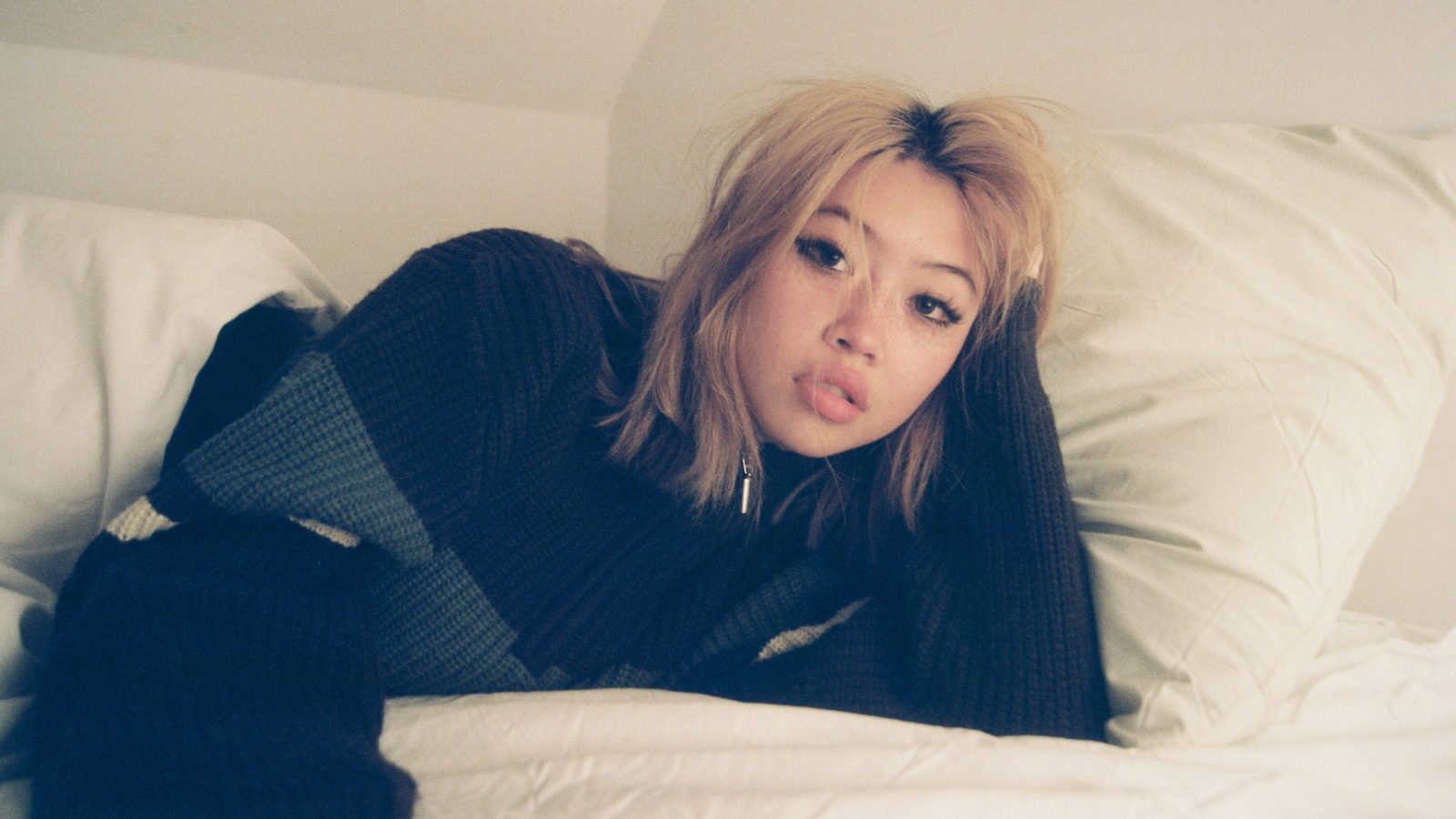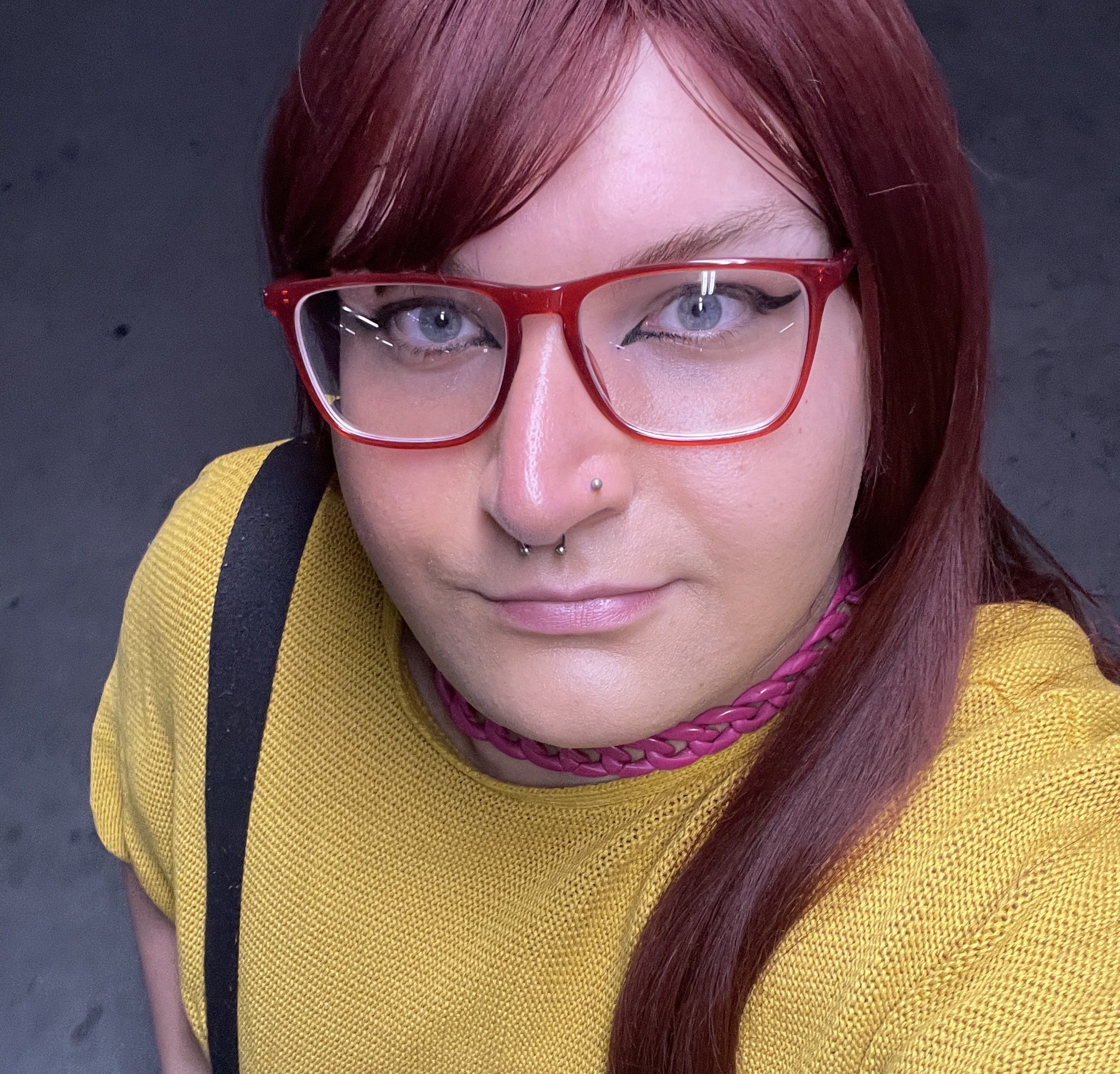Beabadoobee: “I think what really helped me was the tunings I find, and the alternate tunings we play in”
Earning a major label smash-hit and Fender’s seal of approval just two years into her career, Beabadoobee certainly isn’t here to f*** around

Y'know that feeling when you see a word for the first time, and then suddenly you notice it pop up everywhere? That’s called the Baader‑Meinhof phenomenon, and there’s a good chance you’ve been experiencing it recently with Beabadoobee. But fear not: Filipino singer-songwriter Beatrice Laus is neither industry plant nor scientific phenomenon, but rather an indie-pop vanguard blazing her own trails to stardom with hypnotising gems of dreamy, droning guitars and bewitchingly bold vocals.
Since dropping the “Coffee” single from her bedroom at age 16 (less than four years ago), the Britain-based up-and-comer has played for sold-out arenas with acts like Clairo and The 1975, become a bonafide YouTube sensation, released four stunning solo EPs on Sony offshoot Dirty Hit, and even caught the eye of Fender, who gave her a lucrative sponsorship and advertising deal for their new Offset Player Series range.
The past two years have been especially wild for Laus, but she’s only getting started. Just this month, she released her absolutely astonishing debut full‑length, Fake It Flowers: 41 straight minutes of equally slick, searing and soul-moving indie-rock, her warm and warbly voice dancing delicately over mountainous peaks and valleys of guitars teetering effortlessly between clean and crunchy.
A few days before it came out, we hopped online with a notably buzzy Laus to vibe on her meteoric rise to the top, how she’s keen to shake it up with Fake It Flowers, and what mystical mirth lies waiting over the horizon.
Your work ethic has been pretty insane thus far – you had two EPs each in 2018 and 2019, and now a full-length album out year. Are you just constantly coming up with ideas?
Yeah! During the process of working on Fake It Flowers, I put myself into the role of just writing as much as I could. And after I got off tour last year, I just had so many songs locked up in the bank – songs that didn’t make it to the EPs and songs I had written after, before or during tour – and I had way more than enough for an album. And I was like, “Yeah no, I’m ready to do an album.” I had written Fake It Flowers and I had written the stuff that I’m going to release after Fake It Flowers… I’m in this really weird type of limbo state where I haven’t been able to write much as of late, but I feel like I should just accept that and live within this era, and just appreciate everything that’s happened so far.
How do you juggle your work-life balance?
It’s a learning process. I didn’t expect any of this to happen, y’know, I didn’t think music was going to be a thing – my plan was to be a nursery teacher! But then this happened all of a sudden, so I’m still sort of getting used to some parts of it. It’s really hard to get used to some of it – especially for someone like me who never thought I’d be able to make a career for myself in music. But it’s cool – I appreciate everything that’s happened along the way. This is a blessing, and I’m really grateful for it. It’s just about taming the feeling of being overwhelmed and nervous, and all the anxiety that comes along with that.
Do you reckon you’ll be one of those artists that has a new record out every year?
If that happens, I’d be cool with it. I feel like it really depends on my workflow, and how quickly I’m able to write in the future… But I do write a lot, I suppose, so if that does end up being the case, then sure!
Get The Pick Newsletter
All the latest guitar news, interviews, lessons, reviews, deals and more, direct to your inbox!
I was reading earlier about how your parents raised you on a healthy diet of bands like The Smiths, The Cranberries and Sonic Youth. Would you say rock music has always been a core part of your DNA?
My mum used to play a lot of artists like Alanis Morissette, and I think because that was always in the background of my childhood, and having her play all these amazing women from around that time, that really kind of paved the way for how I found music growing up. And then the friends I met and the music we used to talk about and listen to, that’s when I found The Smiths and The Cure – and then I found Pavement and Sonic Youth and My Bloody Valentine… I was just progressively weaving my way into it. And now I’m back on everything that was in the background of my childhood, like Alanis Morissette, Suzanne Vega, Juliana Hatfield – and y’know, finding bands like Veruca Salt and all these artists that continue to inspire me… I just love music, man.
What made you gravitate towards the guitar?
Well, I played the violin for about seven years, and I think that got me used to stringed instruments. And then I moved to the guitar and I haven’t touched a violin since – so I don’t even know if I can still play that. But I remember being in RE class and watching Juno, and that’s how it all kind of started. It’s an amazing film on its own, but the soundtrack just stuck out so much for me. It sparked something within me, and I was like, “Woah, I want to make songs like this!” That really influenced the type of songs I made at the beginning of my career, like “Coffee”.
I’m legitimately jealous of how quickly you’ve become so great at playing the guitar. Do you feel like you’re still learning the ropes as you keep hitting these milestones?
Oh yeah. I’m definitely still a beginner, and I don’t think I’m an amazing guitarist – my guitarist Jacob is an amazing guitarist. I can find good chord progressions, but I can’t shred. I think what really helped me was the tunings I find, and the alternate tunings we play in. I have this massive Sonic Youth book, which I still haven’t delved into properly, and it has all their tunings in it. My manager gave it to me as a birthday present, and there’s, like, actual pages where it shows the neck and all the chords to their songs – it’s the biggest hack ever!
How did your recent collaboration with Fender come about?
I guess they just knew that I played the guitar, and they knew I was really interested in learning more. They knew I had a lot of tunings, and they’ve really helped with that – I have a stupid amount of guitars in my rig now [laughs]. I have a guitar for each tuning, and then a spare for each, and then also all of Jacob’s guitars… Honestly, I think it’s just an excuse to get loads of cute guitars.
Have you guys spoken about the potential of a signature model yet?
Not yet, but that is totally a dream of mine!
So hypothetically, they hit you up tomorrow and go, “Yo, Bea, let’s f***in’ do this thing!” What would it look like?
I am absolutely in love with the Jazzmaster I used in the studio, so it would just be that, with the P-90s and everything the same... It’s so freaking heavy, and I am such a tiny person – I complain about that shit all the time, but I do not mind at all if it sounds like that guitar. I’ll start lifting weights, I don’t care! So it’s that guitar, but it’s in, like, a unicorn vomit finish – the colours are this weird, trippy blend of pink and silver and purple and blue, and it looks really girly!

Ellie Robinson is an Australian writer, editor and dog enthusiast with a keen ear for pop-rock and a keen tongue for actual Pop Rocks. Her bylines include music rag staples like NME, BLUNT, Mixdown and, of course, Australian Guitar (where she also serves as Editor-at-Large), but also less expected fare like TV Soap and Snowboarding Australia. Her go-to guitar is a Fender Player Tele, which, controversially, she only picked up after she'd joined the team at Australian Guitar. Before then, Ellie was a keyboardist – thankfully, the AG crew helped her see the light…
“I was in a frenzy about it being trapped and burnt up. I knew I'd never be able to replace it”: After being pulled from the wreckage of a car crash, John Sykes ran back to his burning vehicle to save his beloved '76 Les Paul
“A virtuoso beyond virtuosos”: Matteo Mancuso has become one of the hottest guitar talents on the planet – now he’s finally announced his first headline US tour










